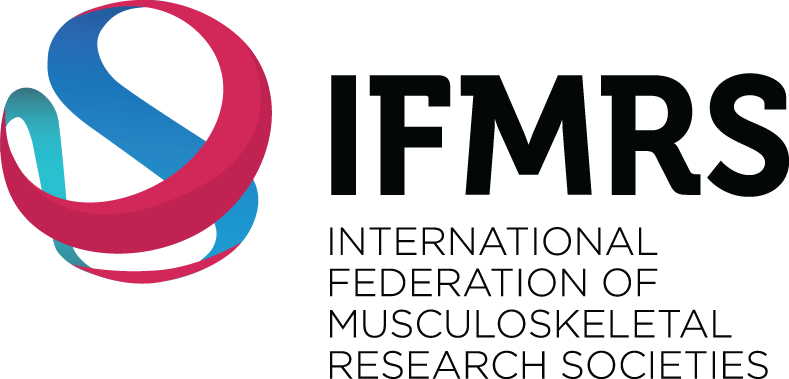MEET THE FIRST AUTHOR
Crtap and p3h1 knock out zebrafish support defective collagen chaperoning as the cause of their osteogenesis imperfecta phenotype
Francesca Tonelli , Cotti S, Leoni L, Besio R, Gioia R, Marchese L, Giorgetti S, Villani S, Gistelinck C, Wagener R, Kobbe B, Larionova D, Fiedler IAK, Busse B, Eyre D, Rossi A, Witten PE, Forlino A
Matrix Biology, 2020. doi: 10.1016/j.matbio.2020.03.004.
April 2020
Prolyl 3-hydroxylation is a rare collagen type I post translational modification in fibrillar collagens. The primary 3Hyp substrate sites in type I collagen are targeted by an endoplasmic reticulum (ER) complex composed by cartilage associated protein (CRTAP), prolyl 3-hydroxylase 1 (P3H1) and prolyl cis/trans isomerase B, whose mutations cause recessive forms of osteogenesis imperfecta with impaired levels of α1(I)3Hyp986. The absence of collagen type I 3Hyp in wild type zebrafish provides the unique opportunity to clarify the role of the complex in vertebrate. Zebrafish knock outs for crtap and p3h1 were generated by CRISPR/Cas9. Mutant fish have the typical OI patients’ reduced size, body disproportion and altered mineralization. Vertebral body fusions, deformities and fractures are accompanied to reduced size, thickness and bone volume. Intracellularly, collagen type I is overmodified, and partially retained causing enlarged ER cisternae. In the extracellular matrix the abnormal collagen type I assembles in disorganized fibers characterized by altered diameter. The data support the defective chaperone role of the 3-hydroxylation complex as the primary cause of the skeletal phenotype.
Full text of Dr F. Tonelli’s article is available from HERE

Francesca Tonelli
First Author
Department of Molecular Medicine, University of Pavia, Italy.

Ronald ‘Ron’ Kwon
Moderator
University of Washington, USA.

